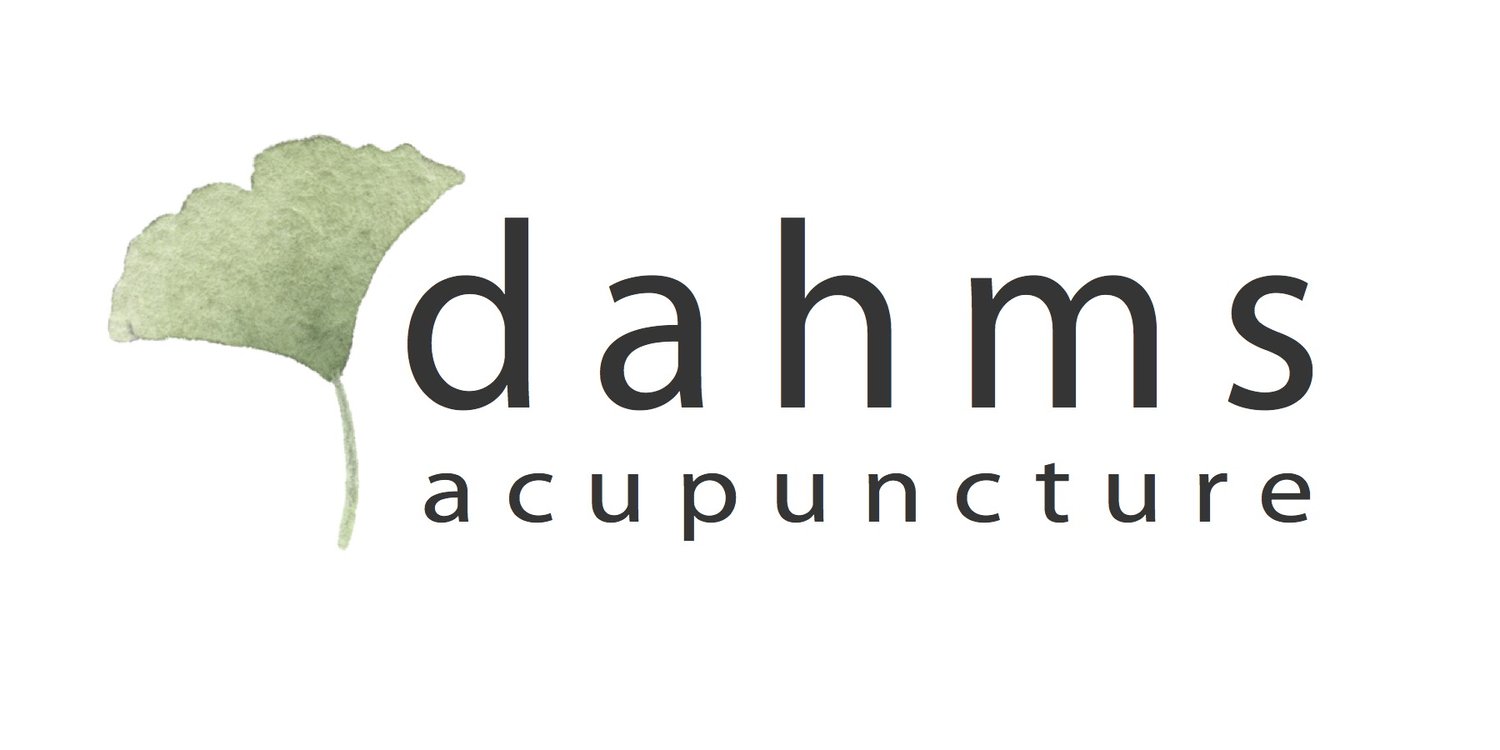TREATING PLANTAR FASCIITIS WITH ACUPUNCTURE
/Plantar fasciitis is a common orthopedic condition that affects the foot health of as much as 15% of the U.S. population, according to the Journal of Research in Medical Sciences.[1] However, plantar fasciitis is commonly a misdiagnosis for what is actually occurring in the foot. Plantar fasciosis is, in fact, a more accurate diagnosis given there is progressive degeneration of the plantar fascia. There is no inflammation present, which is why plantar fasciitis ("-itis" meaning inflammation) is not a correct diagnosis and often yields improper approaches to treatment. Plantar fasciosis is one of the most common foot disorders I treat, and acupuncture with moxibustion yields remarkable results.
SYMPTOMS
Heel pain is the most common symptom people experience with plantar fasciosis. The pain is worse upon standing especially after periods of inactivity, such as after first arising in the morning after sleep, or when pushing off the heel to move forward when walking or running. The pain usually subsides with activity throughout the day, only to return later in the evening. Many experience a burning or tearing pain on the bottom of the foot.
CAUSE
Plantar fasciosis is the result of various factors, such as an improper gait, flat feet, and wearing unsupportive shoes. A muscular imbalance of the lower leg, which contributes to all these causative factors, may lead to restricted blood flow to the plantar fascia, which runs from the heel to the ball of the foot and supports the medial longitudinal arch. This restricted blood flow causes degeneration of the plantar fascia, making the fascia very tight, rigid, and painful.
According to Chinese medicine, it may be the result of long-standing organ channel imbalances, such as spleen qi deficiency, blood deficiency, and blood stagnation.
WHO GETS IT?
Plantar fasciosis affects athletes and non-athletes, alike. Various conditions may predispose one to developing the disorder. Obesity occurs in up to 70% of the non-athletic population. Other factors include rheumatoid arthritis, reactive arthritis, psoriatic arthritis, multiple cortisone injections, inflexibility of the plantar flexing muscles, and over-pronation with walking or running[2].
DIAGNOSIS
Diagnosis is made by orthopedic examination. It is important to consider other causes of foot pain, such as Morton’s neuroma, inferior calcaneal bursitis, tendonitis, neuritis, stress fracture, nerve entrapment, gout, disc herniation, arthritis, or other inflammatory arthropathy.
RELATED INJURIES
Bone spurs are a common complication of plantar fasciosis. These occur due to prolonged stress placed on the heel. This causes the body to lay down calcium deposits that form bony protrusions in order to support the stress and tension placed where the plantar fascia attaches.
TREATMENT
When seeking treatment from a physician, generally, orthotics are the first line of treatment. Cortisone injections are also a common option for continued pain (although this option generally does not yield results given there is no inflammation present). Physical therapy can be recommended to correct any muscular imbalances and strengthen the foot/lower leg muscles.
Acupuncture is an extremely effective natural treatment option for treating plantar fasciosis. It relieves pain and corrects any muscle imbalances that are present. My typical approach to treatment consists of acupuncture to restore balance within the meridians as well as treating locally to stop pain and improve blood circulation. Moxibustion (which consists of burning the herb mugwort) is also applied along the bottom and inner foot to improve blood circulation and warm the channels. I then prescribe a warming herbal soak to be used for one week following the initial treatment to further warm the tissues, improve blood circulation, stop pain, and help repair the damaged plantar fascia.
Kinesiotaping is another effective treatment I use to help relieve pain in between treatments. The Kinesiotape is left on for 3-5 days to help maintain proper muscle balance and support the medial arch.
I also recommend doing at-home stretching and strengthening exercises to improve muscle balance of the lower leg and foot. The use of a massage roller can relieve tension along the plantar fascia and the muscles of the lateral lower leg.
Treatments once or twice a week are recommended for several weeks to maximize acupuncture’s pain relieving effects. (Note: Every patient responds differently to treatment and has differing causative factors. Given these discrepancies, this is a general prediction for recovery with acupuncture and moxibustion)
If you are considering acupuncture to treat your foot pain, do not hesitate to contact me with any questions you may have about treatment or scheduling. You can contact me HERE online or call (760) 452-0865.
[1] https://www.ncbi.nlm.nih.gov/pmc/articles/PMC3687890/
[2] https://www.ncbi.nlm.nih.gov/pmc/articles/PMC3687890/, https://www.merckmanuals.com/professional/musculoskeletal-and-connective-tissue-disorders/foot-and-ankle-disorders/plantar-fasciosis










